Recently, the first-ever Nuclear Energy Summit 2024 was held in Brussels (Belgium).
About International Atomic Energy Agency
|
|---|
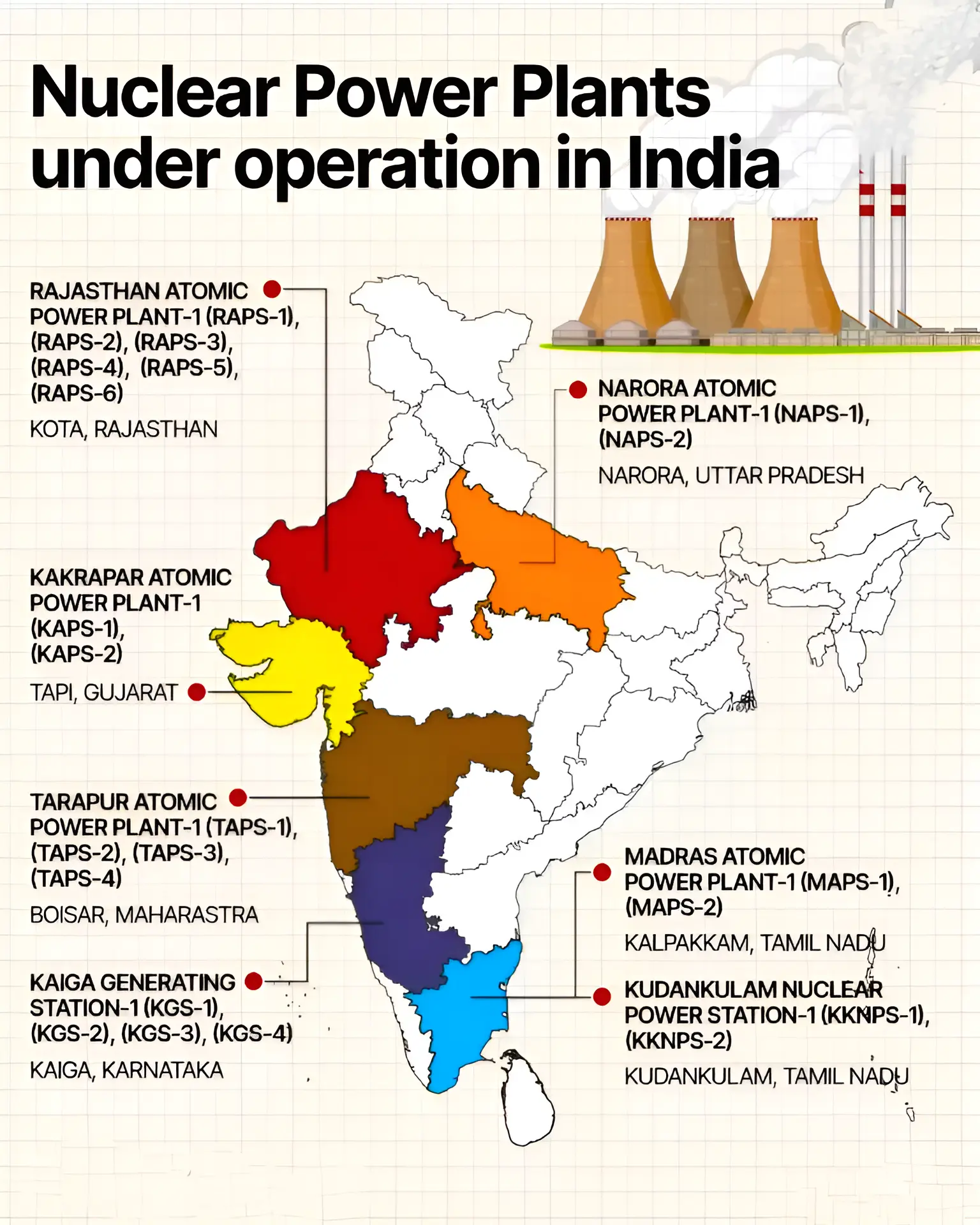
| Must Read | |
| NCERT Notes For UPSC | UPSC Daily Current Affairs |
| UPSC Blogs | UPSC Daily Editorials |
| Daily Current Affairs Quiz | Daily Main Answer Writing |
| UPSC Mains Previous Year Papers | UPSC Test Series 2024 |
Twenty years ago, on April 1, 2004, the Indian government launched Free Antiretroviral Therapy (ART) for Persons living with HIV (PLHIV).
AntiretroViral Drugs
|
|---|
About Human Immunodeficiency Virus (HIV)
|
|---|
| Must Read | |
| NCERT Notes For UPSC | UPSC Daily Current Affairs |
| UPSC Blogs | UPSC Daily Editorials |
| Daily Current Affairs Quiz | Daily Main Answer Writing |
| UPSC Mains Previous Year Papers | UPSC Test Series 2024 |
According to a report by the United Nations Conference on Trade and Development (UNCTAD), India’s trade reliance on China and the European Union is rising as global trade is witnessing a marked shift along geopolitical lines.
| PLI Scheme: It is an incentive based scheme introduced by the Government of India for enhancing India’s manufacturing capabilities under its Atmanirbhar Bharat (Self Reliant India) initiative. |
|---|
United Nations Conference on Trade and Development (UNCTAD)
|
|---|
| Must Read | |
| NCERT Notes For UPSC | UPSC Daily Current Affairs |
| UPSC Blogs | UPSC Daily Editorials |
| Daily Current Affairs Quiz | Daily Main Answer Writing |
| UPSC Mains Previous Year Papers | UPSC Test Series 2024 |
Vaikom Satyagraha completed 100 years on March 30, 1924.
| Must Read | |
| NCERT Notes For UPSC | UPSC Daily Current Affairs |
| UPSC Blogs | UPSC Daily Editorials |
| Daily Current Affairs Quiz | Daily Main Answer Writing |
| UPSC Mains Previous Year Papers | UPSC Test Series 2024 |
The Prime Minister recently accused the then Indira Gandhi government for ceding Katchatheevu island to Sri Lanka.
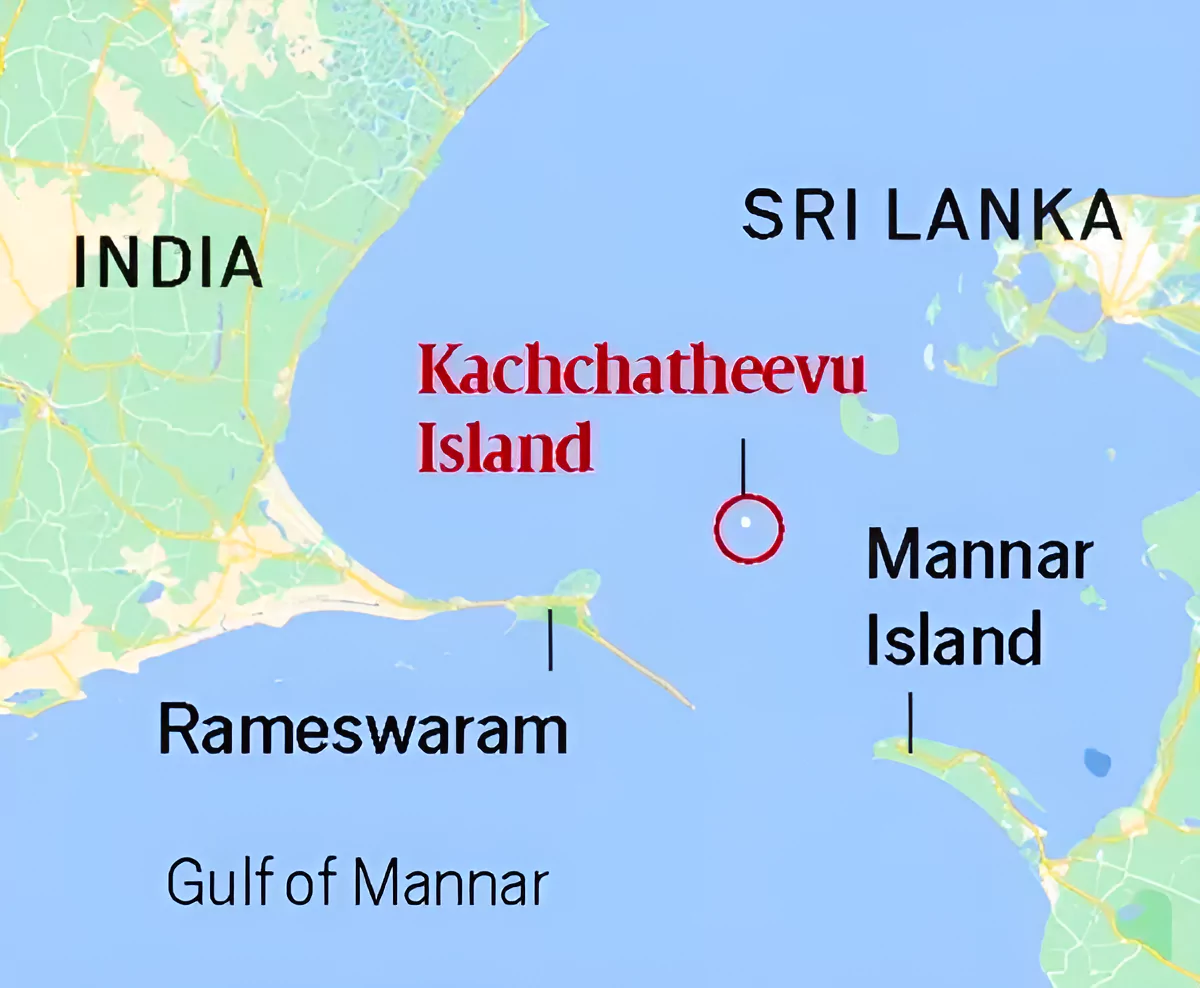 Only structure on the island: The only structure on the island is an early 20th-century Catholic shrine – St Anthony’s church.
Only structure on the island: The only structure on the island is an early 20th-century Catholic shrine – St Anthony’s church.
| Must Read | |
| NCERT Notes For UPSC | UPSC Daily Current Affairs |
| UPSC Blogs | UPSC Daily Editorials |
| Daily Current Affairs Quiz | Daily Main Answer Writing |
| UPSC Mains Previous Year Papers | UPSC Test Series 2024 |
The genetic profiling of around 400 captive elephants in Kerala is set to commence soon.
| Must Read | |
| NCERT Notes For UPSC | UPSC Daily Current Affairs |
| UPSC Blogs | UPSC Daily Editorials |
| Daily Current Affairs Quiz | Daily Main Answer Writing |
| UPSC Mains Previous Year Papers | UPSC Test Series 2024 |
The Geographical Indications registry announced that over 60 products from India have been granted the Geographical Indication (GI) tag.
About Geographical Indication (GI) Tag
|
|---|
| State | Product |
| Assam |
|
| Banaras |
|
| Tripura |
|
| Meghalaya |
|
| Must Read | |
| NCERT Notes For UPSC | UPSC Daily Current Affairs |
| UPSC Blogs | UPSC Daily Editorials |
| Daily Current Affairs Quiz | Daily Main Answer Writing |
| UPSC Mains Previous Year Papers | UPSC Test Series 2024 |
According to geologists, the African continent is currently experiencing a rare geological phenomenon that could lead to the formation of a sixth ocean in 5 to 10 million years.
| Relevancy for Prelims: Geomorphology, The Formation Of Earth, Continental Drift, Earth’s Interior, OCEANOGRAPHY, and 7 Continents And 5 Oceans In Order Of The World.
Relevancy for Mains: A Sixth Ocean Is Forming: How and Where?- Factors |
|---|
About Afar Triangle
|
|---|

| Oceans on earth: The Atlantic, Pacific, Indian, Arctic, and Southern Ocean.
Rifting: It is defined as the splitting apart of a single tectonic plate into two or more tectonic plates separated by divergent plate boundaries. The rifting of a continental tectonic plate creates normal fault valleys, small tilted block mountains, and volcanism. |
|---|
A tectonic or lithospheric plate is a vast slab of solid rock. Comprising both continental and oceanic lithosphere, these Indian Plates glide over the asthenosphere as cohesive units.
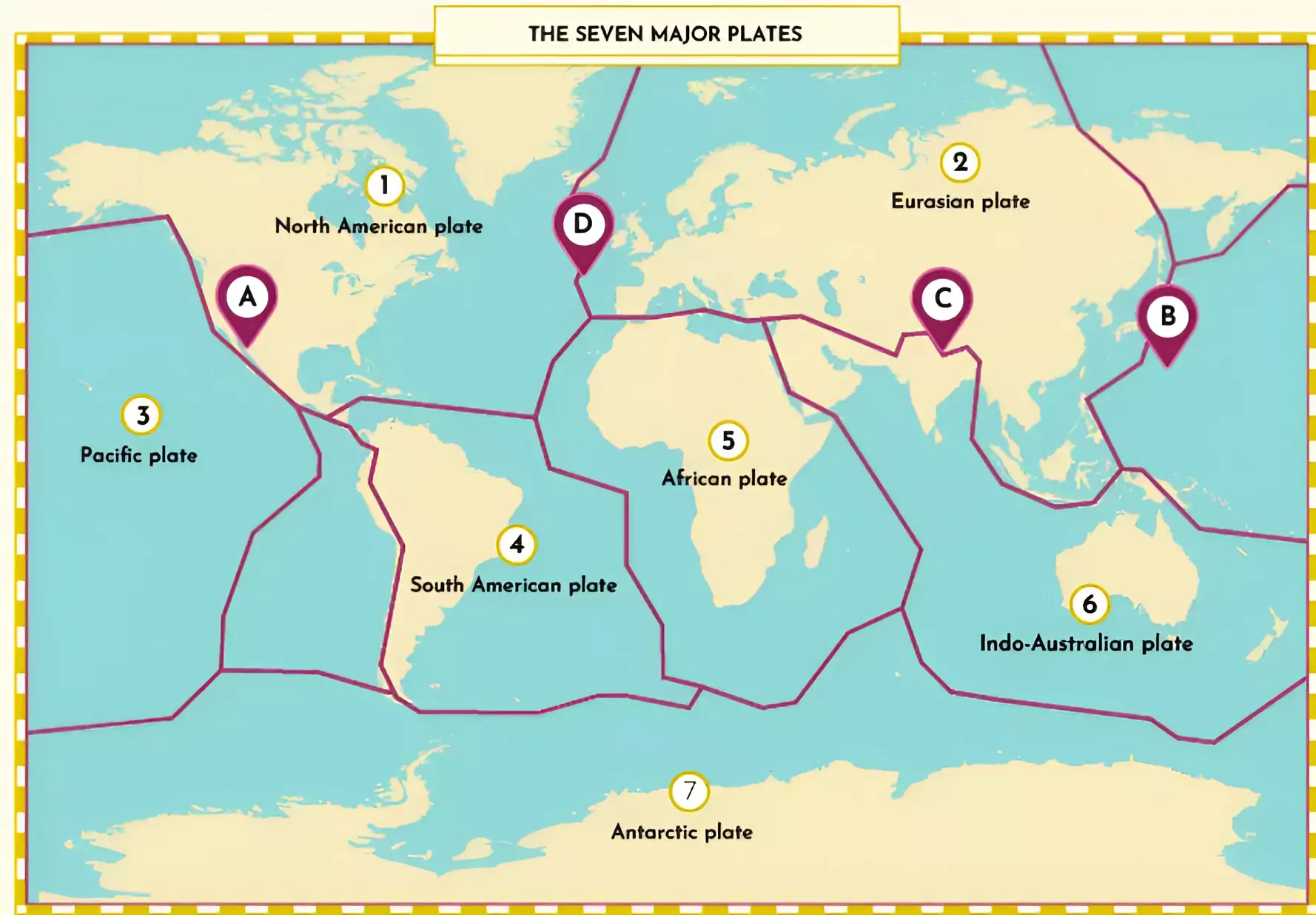
| Must Read | |
| NCERT Notes For UPSC | UPSC Daily Current Affairs |
| UPSC Blogs | UPSC Daily Editorials |
| Daily Current Affairs Quiz | Daily Main Answer Writing |
| UPSC Mains Previous Year Papers | UPSC Test Series 2024 |
Recently, the Indian finance minister mentioned that not satisfying outcomes emerged from the recently released India Employment Report 2024 and to achieve the aim of Visit Bharat, India needs an inclusive growth at an annual average of about 8%.
| Relevancy for Prelims: Viksit Bharat @2047: Voice Of Youth Workshop, Union Budget 2024-25, India’s GDP Rise, and India Skills Report 2024.
Relevancy for Mains: India Employment Report 2024: Develop Human Resources for a Viksit Bharat 2047. |
|---|
India Employment Report 2024
About the Institute of Human Development (IHD)
About the International Labor Organization
|
|---|
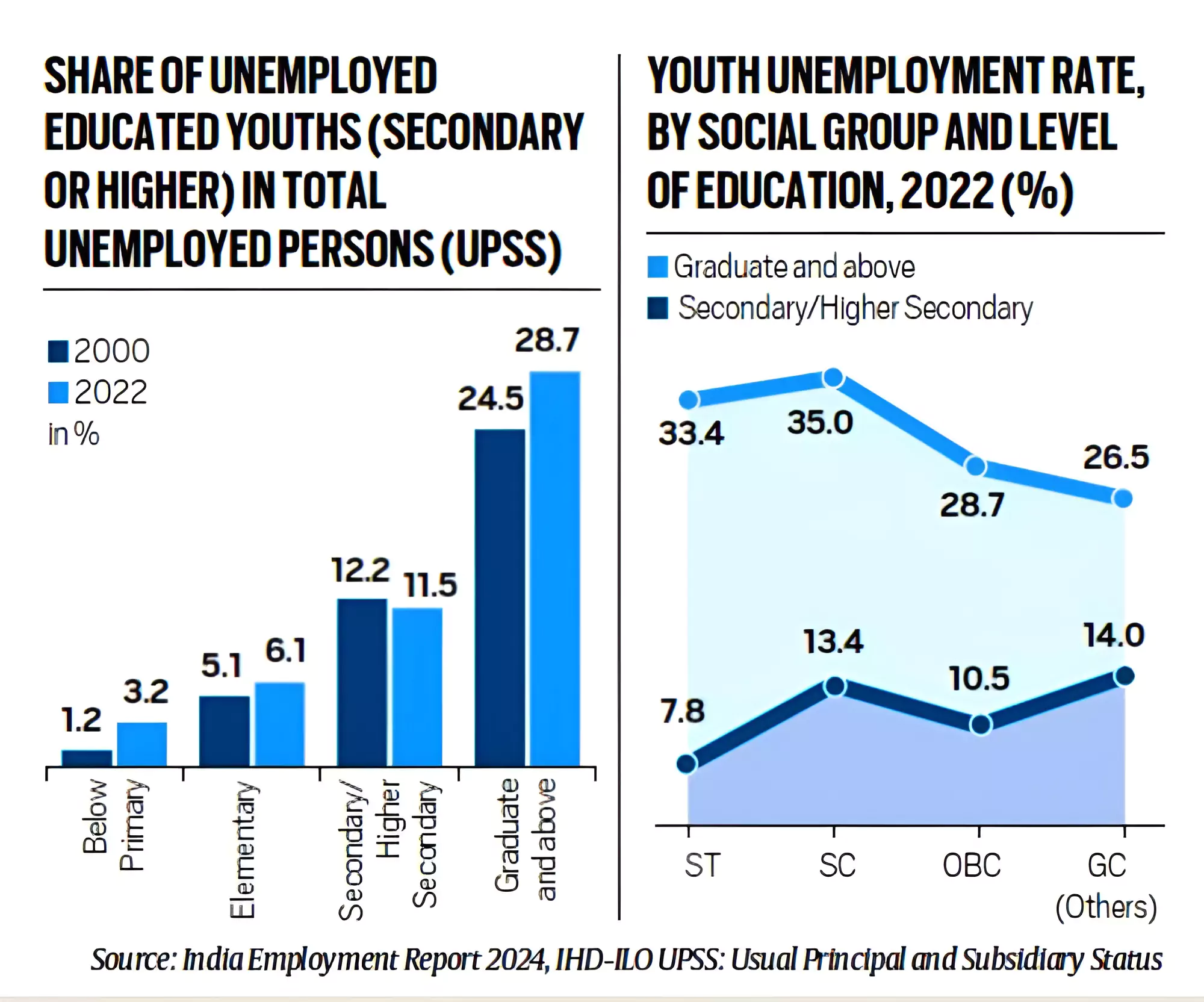
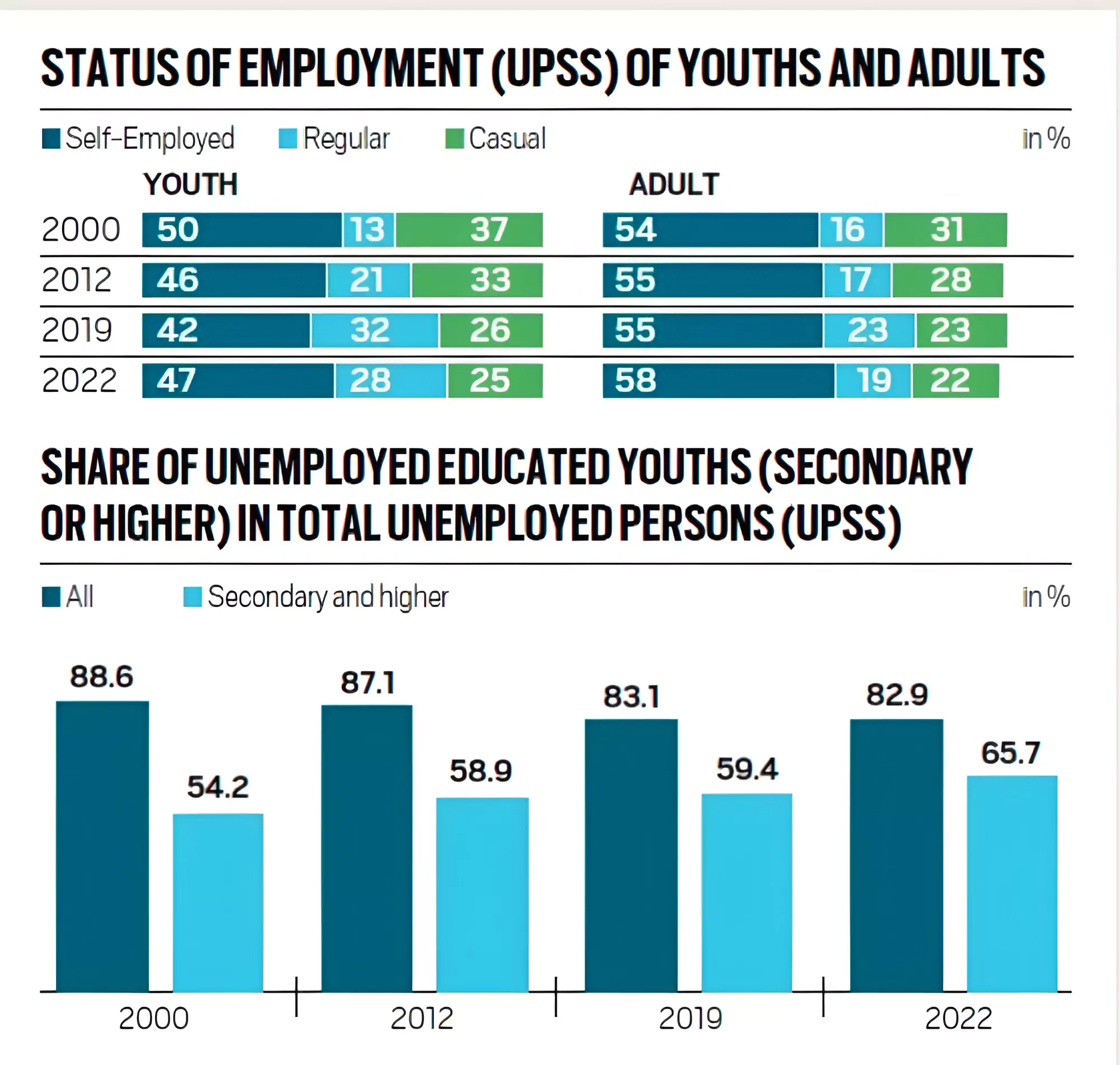
To achieve the dream of Viksit Bharat 2047, India needs to continuously work upon human development through quality education and skill formation, creating a supportive ecosystem for research and innovation, coupled with liberal market policies, investments and innovations. However, the only warning is that there is no Covid type disease outbreak, or a major war, natural calamity, or political upheaval.
| Prelims PYQ (2020):
With reference to the Indian economy after the 1991 economic liberalization, consider the following statements: 1. Worker productivity (rs. per worker at 2004 -05 prices) increased in urban areas while it decreased in rural areas. 2. The percentage share of rural areas in the workforce steadily increased. 3. In rural areas, the growth in non -farm economy increased. 4. The growth rate in rural employment decreased Which of the statements given above is/are correct? (a) 1 and 2 only (b) 3 and 4 only (c) 3 only (d) 1, 2 and 4 only Ans: (b) |
|---|
| Must Read | |
| NCERT Notes For UPSC | UPSC Daily Current Affairs |
| UPSC Blogs | UPSC Daily Editorials |
| Daily Current Affairs Quiz | Daily Main Answer Writing |
| UPSC Mains Previous Year Papers | UPSC Test Series 2024 |
<div class="new-fform">
</div>
